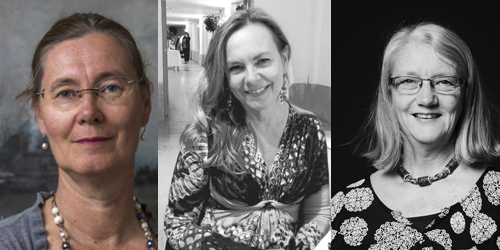美的な応答を使う、知ることを広げるための詩的研究 第一部:Rx-6法
DOI:
https://doi.org/10.15845/voices.v17i1.890キーワード:
Neurobiology of intersubjectivity, embodiment, felt sense, experience要旨
Rx-6法というアートベイスト研究(ABR)の段階的研究の方法について述べる。このABRメソッドは表現芸術療法、ヒューリスティック研究、愛着理論、そして現代の感情・神経科学を参考にしたもので、身体的に感じられた知覚の理解を深めることを目的としている。Rx-6法は美学及び実用主義の理解を基盤にし、解釈的及び構成主義的伝統にヒントを得たものである。このメソッドは、アートを意味の創造へと応用するヒューリスティックな試みである。このメソッドを例示するために、婦人科系のガンの治療を受ける女性への混合法研究の一部である無作為コントロール実験というコンテクストで創られたアート作品を用いる。その絵画芸術作品への応答のアートは、短い著述による美的応答から成っており、それを構造的な方法で適用する。 データには、凝縮された応答的ステートメントを模索することで絵画芸術作品と対話する豊かな芸術的素材が示された。 Rx-6法は六つの段階を踏む:関係すること、共鳴すること、応答すること、内省すること、そして結果を引き出し、それに反応することである。ABRに取り組むことで、臨床者や研究者は研究している現象の理解を深め、広げ、身体化することができる。暗黙のプロセスや暗黙知を分かち合うことの複雑さ、それが警告するものとそれによって得られるもの、そしてこうした作業の理論的視点について述べられ、議論される。
Downloads
出版済
2017-02-13
How to Cite
Gerge, A., Wärja, M., & Nygaard Pedersen, I. (2017). 美的な応答を使う、知ることを広げるための詩的研究 第一部:Rx-6法. Voices: A World Forum for Music Therapy, 17(1). https://doi.org/10.15845/voices.v17i1.890
巻号
セクション
Research
License
Articles published prior to 2019 are subject to the following license, see: https://voices.no/index.php/voices/copyright

